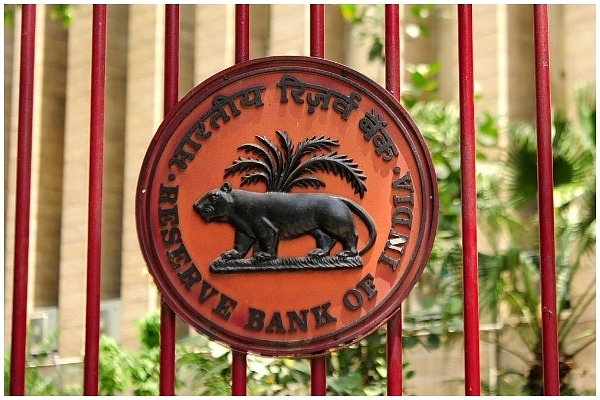
RBI’s Own Regulatory Over-Caution Has Nipped Payments Banking In The Bud
The RBI has a lot of rethinking to do on allowing private promoters into banks.
It has to give up its reluctance to allow private players to run banks.
The Reserve Bank of India (RBI) has now received several signals from payments banks that they cannot be viable under the current regulatory regime that forbids them to lend even small sums of money to customers. If 75 per cent of their deposits have to be invested in government paper under one year’s maturity, clearly the margins available over costs are not enough to sustain their business models.
While many promoters who obtained payments bank licences chose to return them even before starting operations, those who did take up the challenge are struggling to make ends meet. The latest to give up the struggle is India Post Payments Bank, which now wants to convert itself into a small finance bank in order to improve revenues and break even.
The fundamental problem with payments banks is that they have all the regulatory obligations that normal banks have – prudential norms, investment in core banking solutions, etc – but have been deprived the benefits of normal banking – which is the ability to lend cautiously. Clearly, this regulatory norm is unsustainable.
The RBI ought to make at least two changes to make them viable. It has to permit payments banks to lend within limits to customers who already have a track record with them; it should also expand the ceiling amount of deposits beyond Rs 1 lakh per account as long as capital backing is there. The other alternative is to allow them to become small finance banks, where the lending curbs do not apply.
If this does not happen, payments banks have no particular advantage over e-wallets, and only higher costs.
The question to ask is this: why create a category of banks which cannot lend when that is the core definition of a bank?
The RBI has not answered this question. One suspects that it put in place tough regulations so that rich individuals and companies can set up banks, but without the ability to lend. The RBI has always been uncomfortable about permitting private companies or individuals from setting up or controlling banks. This is why it allowed corporate investment to come into payments banks by removing the lending option.
This is daft. You don’t introduce a new category of banks only to make them unviable. Either you don’t permit this at all, or you ease regulations and improve supervision to enable a profit model to emerge.
The old idea, that e-wallets will gradually become payments banks, has not materialised precisely because the field is tilted against the latter.
Three developments have also happened in the meanwhile.
First, the emergence of the unified payments interface (UPI) as a direct payment mode enables both peer-to-peer transfers and payment of bills to utilities and small businesses. So, there is no need to keep small amounts of money idle in wallets.
Second, most banks now offer mobile payments options through apps that can easily mirror what payments banks or e-wallets do. The creation of the Bharat QR Code enables anyone to pay anyone else using bank apps. So, payments banks have no particular USP anymore.
Third, the upfront costs of setting up payments banks are no different from setting up a new age digital bank that can do everything. So, the ban on lending makes it near impossible to break even.
This means that those with large customer bases can manage payments without becoming a bank. This is the logic which drives Google Pay, Amazon e-Wallet or Phone Pe and WhatsApp Pay, among others. They enable transactions for those with already large user bases. Payments banks have been left high and dry.
At last count there were at least a dozen e-wallets, while payments banks were in shrink mode.
Clearly, the only two options left are to enable payments banks to lend in a limited way or convert to small finance banks, as India Post is trying to do, or close shop at the appropriate time. The third alternative is to use payments banks as loss leaders and payment enablers as part of a larger retailing operation.
However, while conversion to small finance banks makes sense for private players with large customer bases (mobile companies, e-commerce platforms, etc), this is what the RBI is reluctant to do.
On the other hand, allowing India Post Payments Bank to become a regular bank ought not to be allowed when the public sector’s record in lending cautiously is so poor. As a government-owned bank, India Post will be as vulnerable to political pressures to lend or write off loans as regular public sector banks.
The RBI has a lot of rethinking to do on allowing private promoters into banks. It has to give up its reluctance to allow private players to run banks.